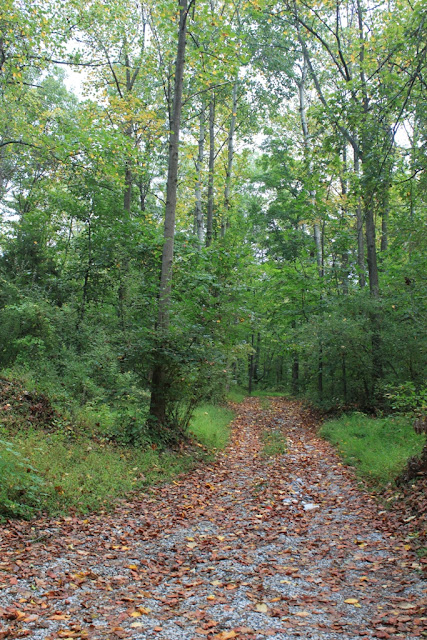I watered the fern in the boulder this morning, which seems a tad ridiculous, even to me. All the plants on the forest floor are withering, and I water a fern in a boulder, which has held on to life despite little soil for it. But I like that fern and would hate to see it disappear, so I watered it. I don’t know if it will do any good. It may well be a matter of too little, too late.
Acorns are dropping all around my cabin, sometimes on my cabin, which makes a heck of a racket, frequently causing Baby Dog to bark at the perceived intruder.. I think it is those acorns that keep the deer so close to the cabin. I scare one or the other of them almost every time I set foot outside. And if I go back inside even momentarily, the deer are back where they were when I scared them the first time. They don’t seem to mind being startled multiple times a day. Sometimes they don’t even move away at all. I wonder if that will change when deer season starts.
This year I’m finding lots of yellow wooly bear caterpillars. The particular species I’ve been seeing is probably a sycamore tussock moth. It can only be told from the banded tussock moth by dissection, though the range of the banded tussock moth seems too much a southern species to be found at my cabin, even in these days of climate change. Since I’m not planning to dissect any of these, let’s just call them tussock moths of some species. They are far prettier as caterpillars than as moths, anyway.































